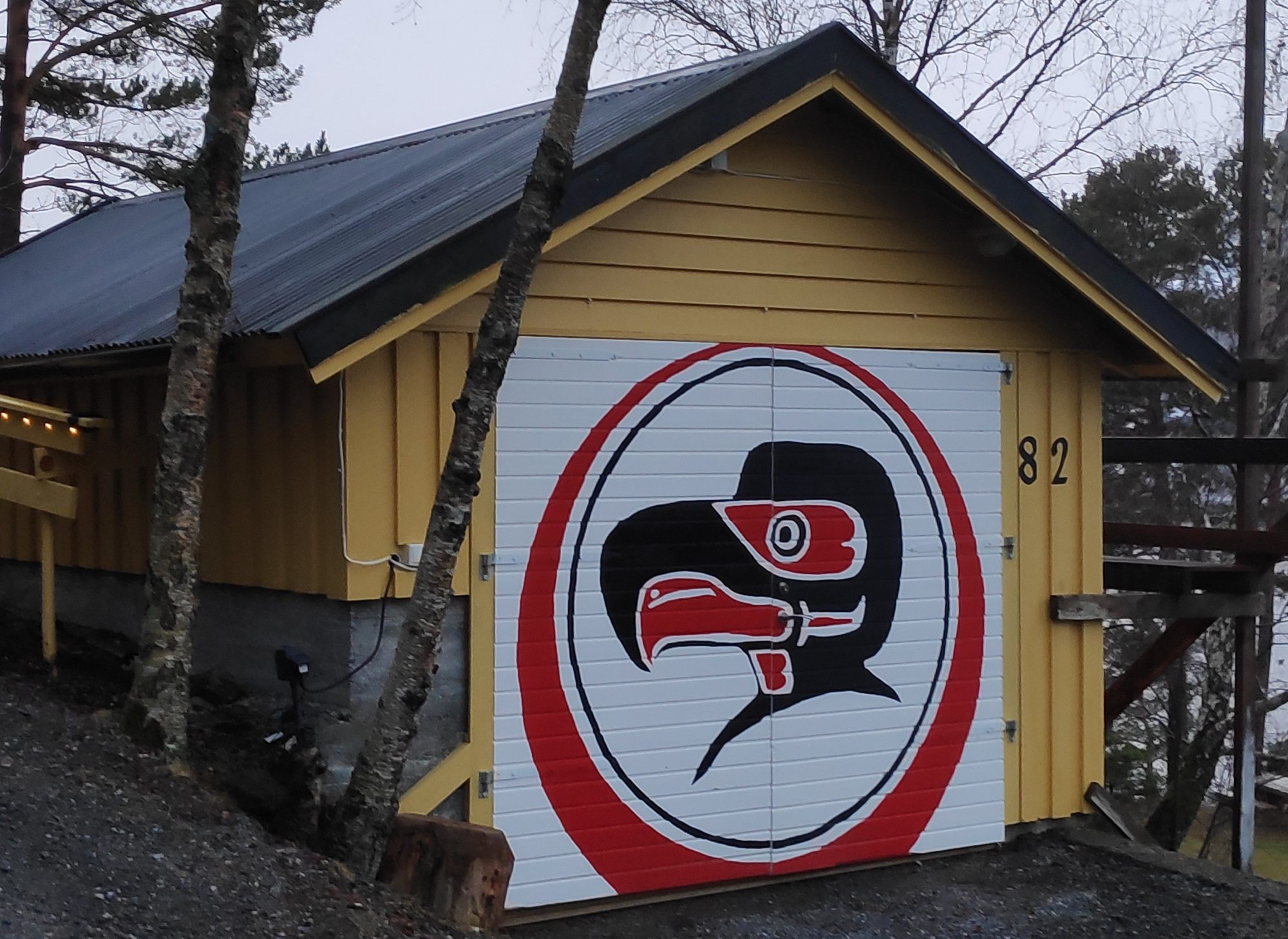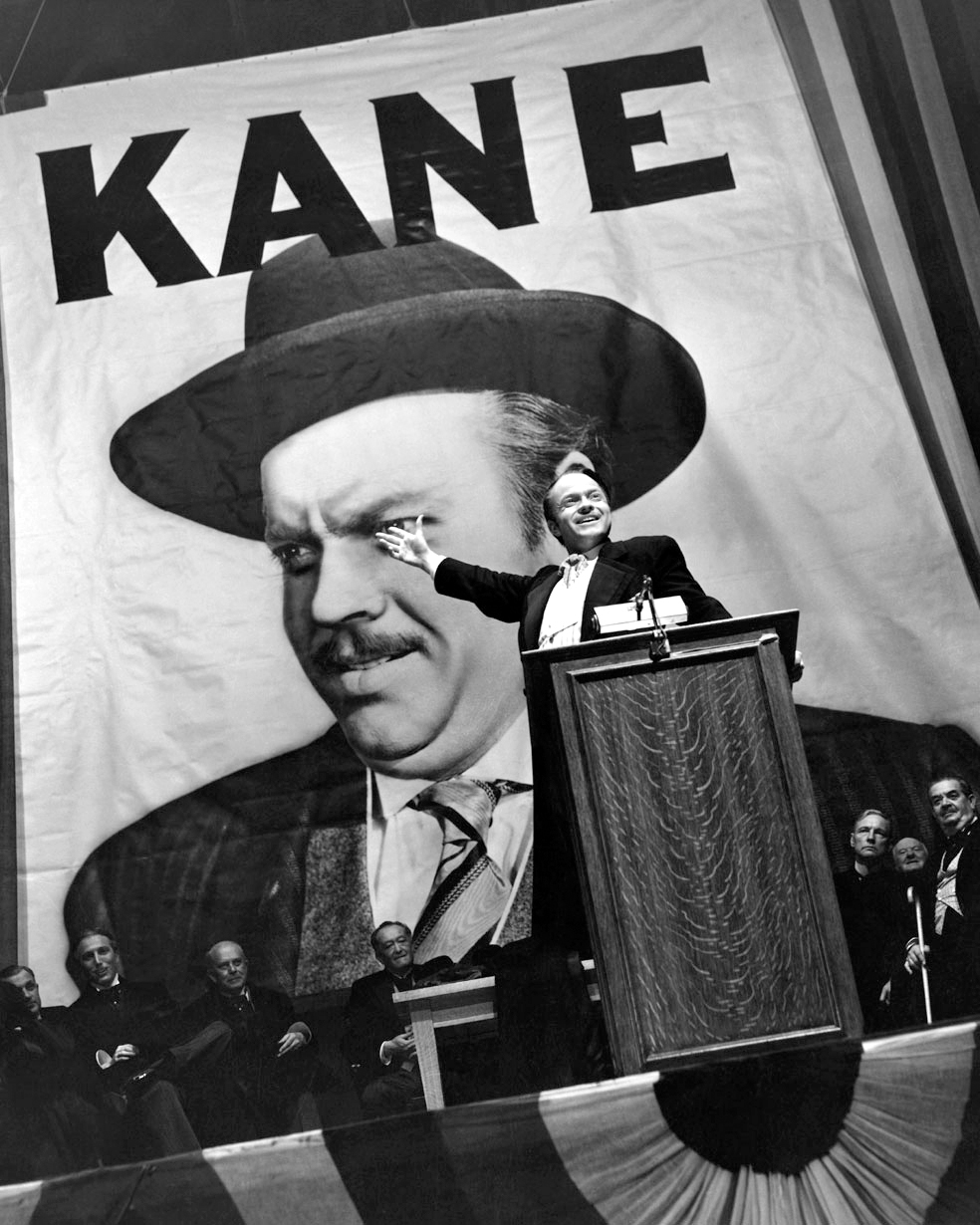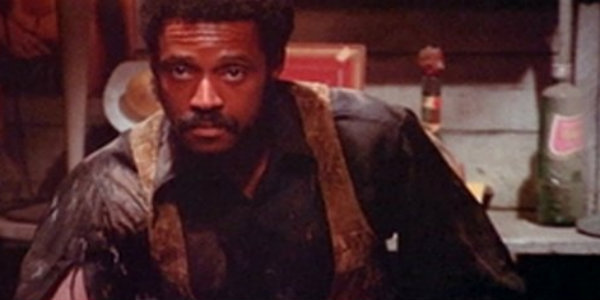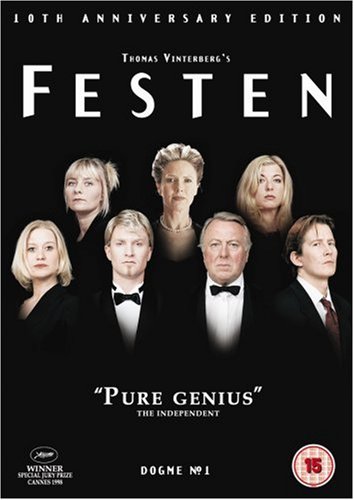For the past few weeks, I have been contemplating the purposes a residence can be put to. During this time, I have studiously avoided propaganda from real estate agents, and others with a vested interest in maximizing property values.
People who do the actual residing, the residents, populate these buildings. Household is probably the most generic and non-discriminatory term for a group of people living together, and occupying a residence. There can be single person households, as well as those consisting of couples, families with young children, families with older adults, and many others.
Residents are not always owners of the building where they reside. They may be renters, even squatters. Even owners are not always owners, as the building may be mortgaged, meaning that the nominal owner actually owns a small fraction of the value of a property, and may lose that investment if payments are not made. Even if payments are met, their may be ways for mortgage owners to gain control.
Yet, these terms all suggest something more is going on than just the provision of shelter. Undoubtedly, primordial needs dictate much of the content of a house: sleep, food consumption and personal hygiene.
Food has to be prepared and, depending on the culture, clothes may have to be made, repaired, or at least washed. A number of maintenance activities are also required. This may involve refurbishing the building, repairing or cleaning. Gardening may be required, indoors, outdoors or in a greenhouse. Subsistence agriculture, may not be an economically optimal use of time. Yet, houses have been and are used as a locus for this, and for other economic activity. If residents commute to work or school, vehicle maintenance, repair and cleaning may be regarded as a legitimate household activity.
Social needs will also be met, sometimes there may be social-sexual needs that results in children, who – after their birth – will have socialization needs. Beyond the social, individuals have other more reflective, and even spiritual needs that have to be addressed. While schools offer a better environment for socialization and education, there may be some forms of home schooling that supplement that provided by the state.
Many of these purposes to which a residential building is put depend on the noun used to describe that building. The term house is more natural for me to use generically, than any other, such as home, residence, dwelling or living quarters. It is a building in which people live, a habitat, although this simple fact may have to be modified to express situations where a building is shared with other groups of people, as is the case of an apartment building, or with other purposes, such as the traditional corner store, with a residence on the upper stories, with a store below.
It is time for a new persona to enter center stage, the infamous “We”. Life is complicated, and not all decisions are made at express speed, or on the most direct route. We, in terms of married life, is not a precise 50.000/50.000 relationship between two partners. Some days it may be 99/01 and others 01/99. If one of the partners is too dominant, then there is a great chance that “we” will soon replaced with “me and my ex”. In the discussion below, events sometimes reflect decisions and sometimes the absence (even dereliction) of decisions. There may be some prime mover spearheading a decision, or a more amiable, joint process.
While some activities remain the same throughout one’s life, others will change over time. For many, perhaps most, one will live in a sequence of houses. However, I am not a believer in a rapid transition of ownership, or serial ownership if it can be avoided. Personally, we have purchased precisely one house. I have no intentions of ever selling it, but will leave it to my children because this location was the focal point of their childhood.
My mother has throughout her life spoken warmly about her childhood home in Kelowna, and regretted it passing out of her family. Please note the change of noun. It reflects her usage. Yet, one wonders if she understands that other people might also have an affection for their childhood houses. When I speak with her about it, she seems to believe her childhood house and community was so special, that she cannot believe that other people, including her own children, could have similar feelings about their childhood houses.
I was given no opportunity to purchase my childhood house. The house where my wife and I currently live, and where our children grew up, belongs – at least in spirit – to our children, even if they do not formally own it yet. I never want them to regret that their childhood house has been sold.





